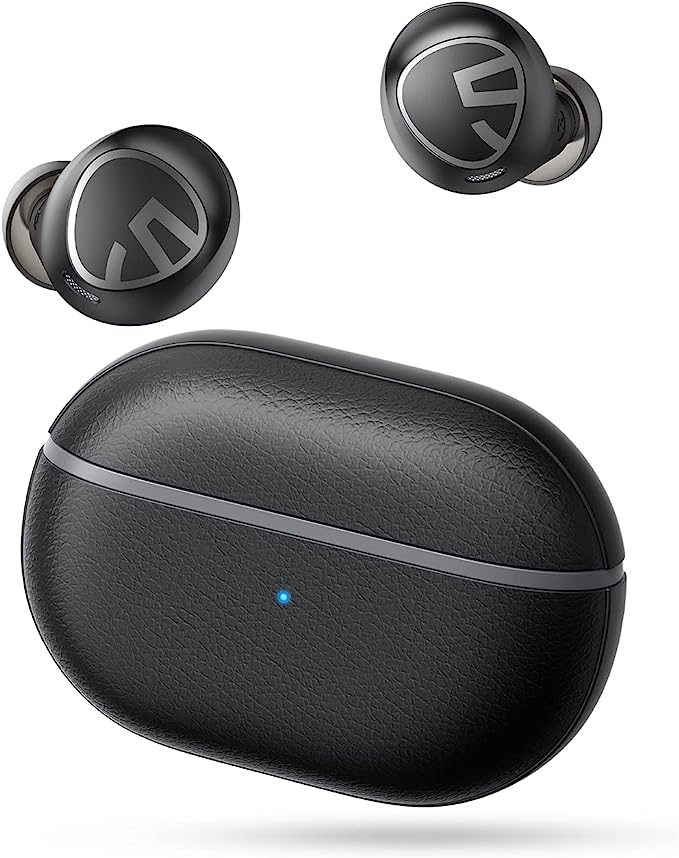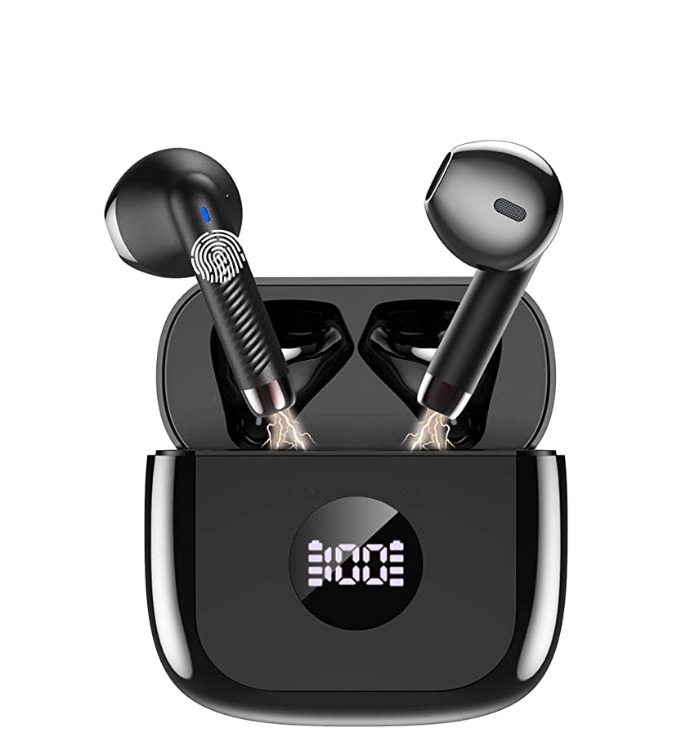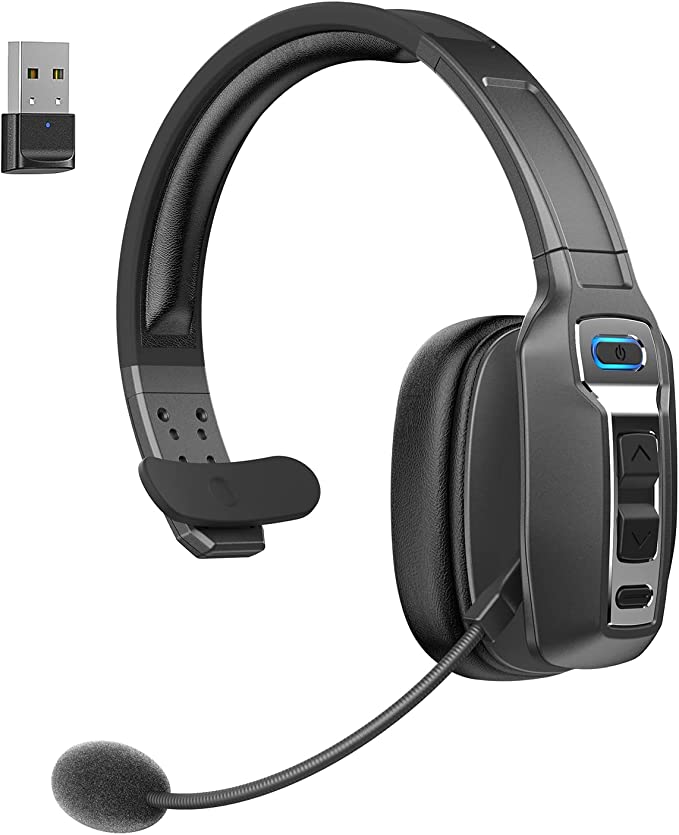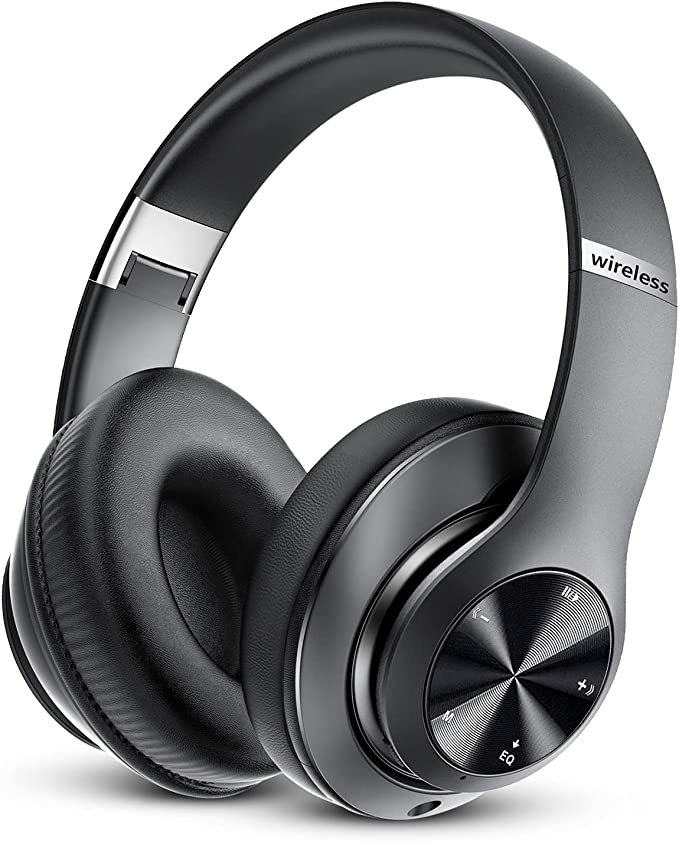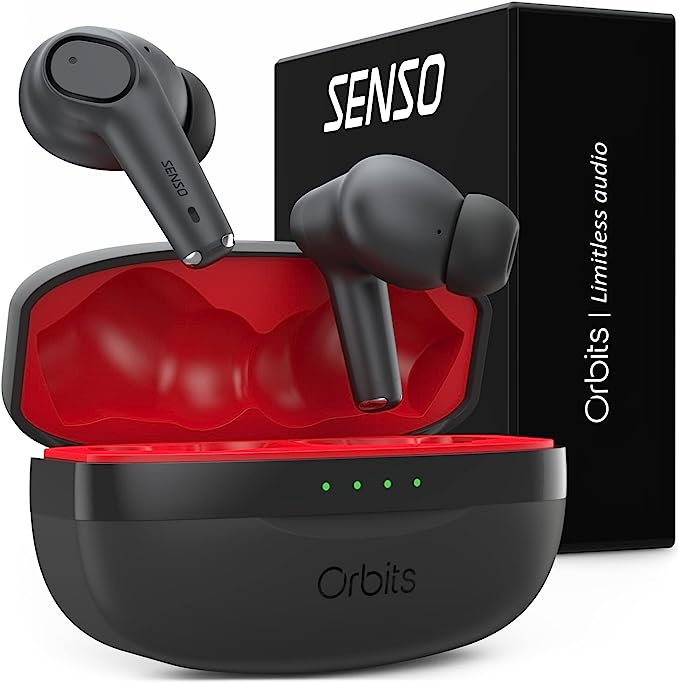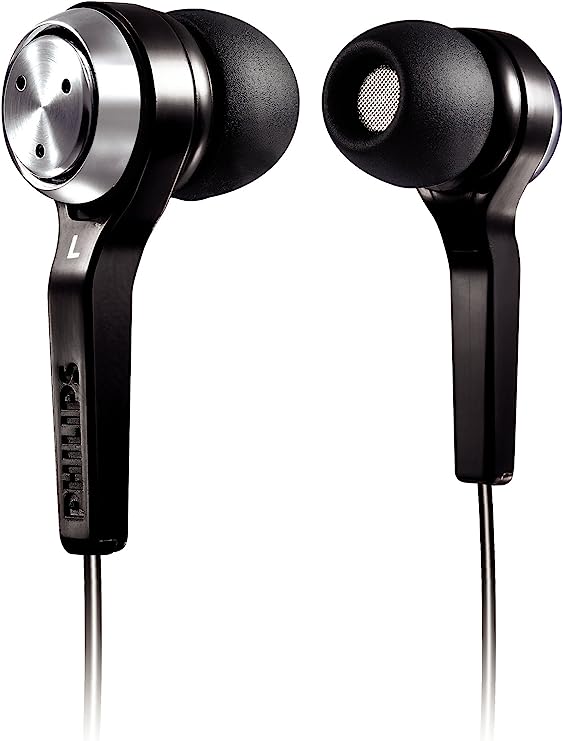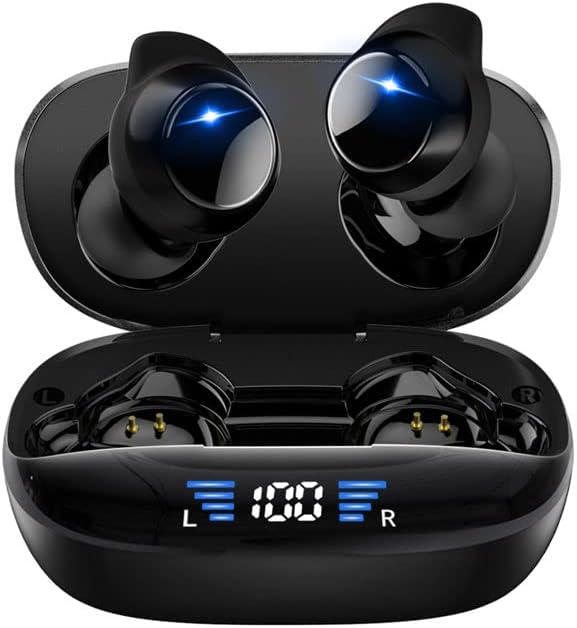DENBIG 8,000 BTU Portable AC : An Honest Guide to the Reality of Portable Cooling
Update on Oct. 7, 2025, 3:55 p.m.
In the sweltering peak of summer, the promise of a portable air conditioner sounds like a modern miracle. A self-contained unit on wheels, ready to roll into any room and banish the heat with the press of a button. The DENBIG JHS-A029B-05KR-D3, with its 8,000 BTU rating and sleek white finish, presents itself as just such a solution. But before you envision a future of effortless, frosty relief, let’s treat this not as a product review, but as an informed consent form. We will use the DENBIG unit as our case study to explore the unspoken truths and necessary compromises of a single-hose portable air conditioner. This is the conversation you have with a candid friend before you make a purchase you might regret.

The First Hurdle: What “Easy Installation” Really Means
The marketing promises a setup in as little as 15 minutes. For some, this might be true. The box includes a window slider kit and an exhaust hose, the two essential components for venting the hot air outside. However, this “easy” process is your first encounter with the central compromise of a portable AC: it is not truly portable. It is tethered by a thick, inflexible hose to the nearest window. One user noted the manual was “a bit confusing,” and that’s a common starting point. You will likely spend more time than you think ensuring the window kit fits snugly, sealing gaps with foam tape (often not included) to prevent hot air from seeping back in, and wrestling with the rigid hose. It’s less a “plug-and-play” device and more a semi-permanent installation that you can, with some effort, relocate.

The Core Mission: Decoding “8,000 BTU for 350 sq. ft.”
Once installed, the unit’s primary job is to cool. The 8,000 BTU (ASHRAE) rating sounds potent, and the claim of cooling up to 350 sq. ft. seems perfect for a studio apartment or a large bedroom. But this is where we must discuss the physics that manufacturers rarely advertise. A single-hose portable AC, like the DENBIG, works by sucking air from inside your room, cooling part of it, and forcefully expelling the rest, along with the heat from its components, out the window through that big hose.
This process creates a phenomenon called “negative pressure.” To replace the air it just blasted outside, the unit will pull in air from wherever it can—under doors, through cracks in window frames, from other rooms. Often, this replacement air is warm, humid outdoor air. It can even pull undesirable air from hallways, such as cooking smells or moisture from a bathroom. In effect, the air conditioner is working hard to cool your room while simultaneously pulling hot air and unwanted odors back into it. It’s like trying to bail water out of a boat that has a small leak.
So, while the DENBIG does produce genuinely cold air, its net cooling effect is diminished. A more realistic expectation for an 8,000 BTU single-hose unit is effective cooling for a well-insulated room of around 200-250 sq. ft., especially if it gets direct sun or is on a top floor.
The Constant Companion: The Truth About “Quiet Operation at 53 dB”
The specification sheet lists a noise level of 53 decibels (dB). To contextualize this number, a quiet library is around 40 dB, a modern refrigerator hums at about the same, and a normal conversation is 60 dB. So, 53 dB sits squarely in the middle—noticeable, but not deafening.
However, an AC is not a steady hum. There’s the constant sound of the fan, but the real disturbance comes from the compressor kicking on and off. This creates an inconsistent soundscape that is much harder for the human brain to ignore, especially at night. While some users find it acceptable, calling it “not too loud,” light sleepers should be cautious. In the dead of night, in a small bedroom, the DENBIG will be a very distinct presence. The promise of “quiet operation” is relative; it’s quieter than a jet engine, but it is not a silent, gentle breeze.
The Hidden Chore: The “Dehumidifier” Feature and Its Demands
As air is cooled, it sheds moisture. This is a bonus in humid climates, making the air feel more comfortable. The DENBIG, like most portable ACs, advertises this as a 3-in-1 feature. What is not advertised is where that water goes. It collects in an internal reservoir. One verified purchaser, Drew, left a scathing 3-star review with a critical question: “Seriously, I have to empty this thing every single day!?”
He highlights the unit’s potential Achilles’ heel: a small water collection pan. While some of the moisture is atomized and vented out the exhaust hose, in moderately to highly humid environments, the reservoir can fill up quickly—sometimes in less than 24 hours. When it’s full, the unit will shut down until you drain it. This involves awkwardly wheeling the 49-pound machine to a low spot, finding a shallow pan, and pulling a plug near the floor. It’s a daily, sometimes twice-daily, chore that directly contradicts the idea of convenient cooling.

Conclusion: Who Should (and Shouldn’t) Sign This “Contract”?
The DENBIG JHS-A029B-05KR-D3 is not a bad product; it is a perfect example of its product category. The crucial takeaway is that a single-hose portable air conditioner is a solution born of compromise. You are trading raw efficiency, quietness, and true convenience for one major benefit: the ability to have air conditioning where a window unit or split system is not an option.
So, should you buy it? Consider this your final checklist:
Sign on the dotted line if: * You are a renter in an apartment where window modifications are forbidden. * You need to cool a specific, smaller room (like a home office or bedroom) and your central AC isn’t cutting it. * You only need cooling for a few weeks during a heatwave and plan to store it away afterward. * You live in a dry climate where the dehumidifier’s water tank will fill slowly.
Tear up the contract and reconsider if: * You are a light sleeper who is sensitive to noise. * You live in a very humid region (like the American South or Northeast in summer) and the thought of a daily draining chore is a deal-breaker. * You have the option to install a window air conditioner. A window unit of the same BTU rating will be significantly more powerful, efficient, and often quieter. * Your primary concern is energy efficiency and keeping your electricity bill low.
Ultimately, the DENBIG 8,000 BTU Portable Air Conditioner does its job. It makes hot rooms cooler. The key is to walk in with your eyes wide open, understanding the daily realities and hidden chores that come with the convenience of “portable” cooling.













